High Voltage Connector
High Voltage Connectors are widely used in EV power systems, renewable energy installations, and industrial high-voltage circuits. Renhotec’s series drives the building of efficient, safe, and sustainable electrical ecosystems, meeting current technological demands.
High Voltage Signal Connector
Renhotec, as a professional supplier, offers a comprehensive range of these Signal Transmission Connector products. Whether it is the high-reliability applications of the metal series or the wide adaptability of the plastic series in consumer electronic products, Renhotec can provide customers with high-quality options to meet the diverse requirements of signal transmission connections in different industries and scenarios.
High Voltage DC Contactor
Renhotec, active in electrical components, offers High Voltage DC Contactors in Epoxy Resin Sealing and Ceramic Sealing variants, with a 20A – 1000A current range. The Epoxy Resin Sealing one is cost-effective and protective. The Ceramic Sealing variant excels in thermal stability and insulation. They’re widely used in EV charging, renewable energy grid, and industrial high-voltage DC power distribution for reliable circuit control and current interruption, providing comprehensive solutions for multiple sectors.
High Voltage EV Cable
Renhotec EV Cable, crafted with top-notch conductive materials and meticulously engineered insulation, showcases outstanding impedance control and voltage-withstanding properties. Its design combines flexibility and durability to meet a wide array of installation needs. This cable is widely utilized in grid interconnections, large-scale industrial power supply systems, and high-voltage renewable energy projects, enabling smooth and efficient power transmission.
Power Drawer Connector
Renhotec’s Drawer Connector, available in 4 – 37 cores, features a compact and flexible design. It can provide reliable electrical connections varying in complexity. The various core options make it suitable for a wide variety of small electrical appliances and drawer-mounted devices. It enables efficient power and signal transfer, facilitating the operation and integration of internal components, and is a viable option in the connector market.
Floating Board to Board Connector
The Floating BTB Connector is a key component designed to achieve a reliable electrical connection between two circuit boards.
It is widely used in various electronic devices that require high connection stability and signal integrity, such as smartphones, tablets, laptops, and industrial control equipment etc., to build a stable and efficient communication bridge between circuit boards in complex electronic systems.
Rectangular Connector
The Rectangular Connector is widely used in consumer electronics (such as computers, TVs, game consoles, etc.), industrial control equipment, communication equipment, and automotive electronics. With its reliable connection performance, diverse specifications, and relatively convenient plug-in and unplug operations, it has become an indispensable component in various electronic and electrical applications.

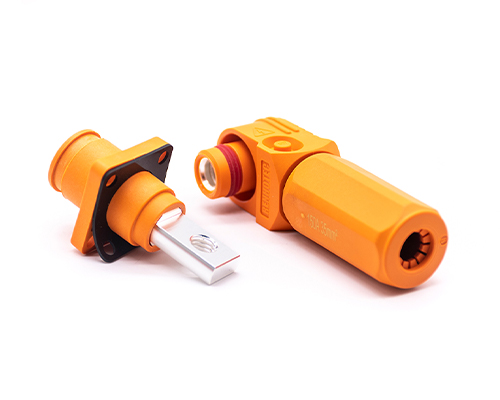
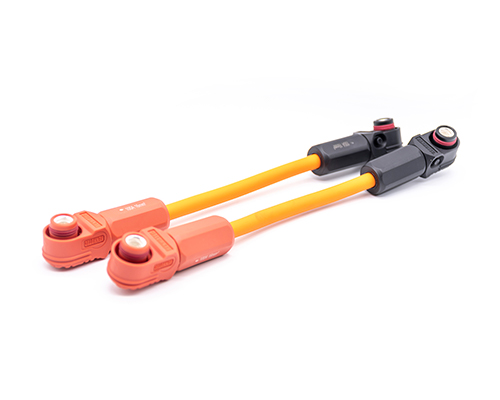
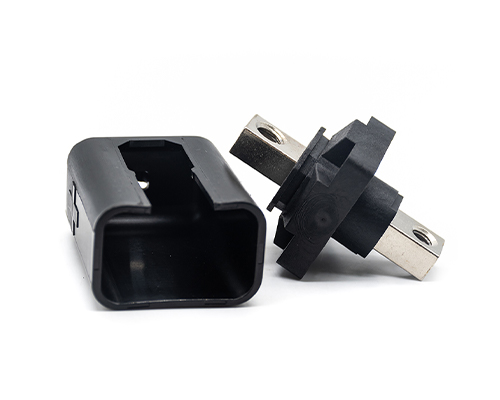
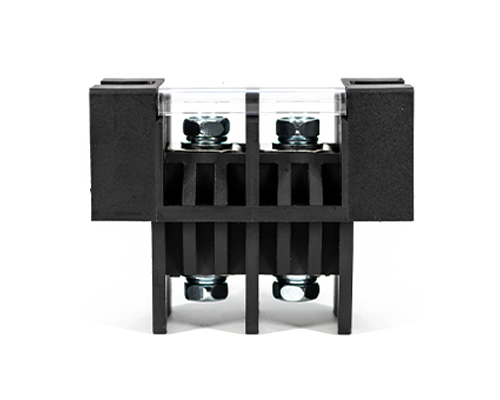
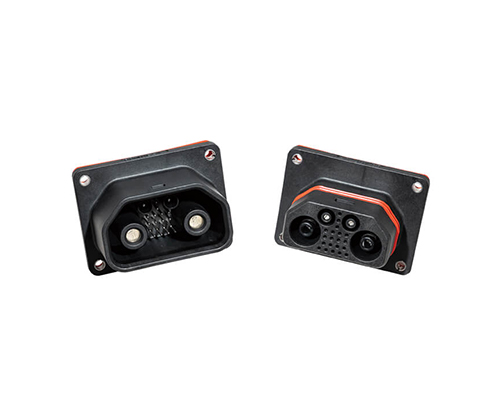
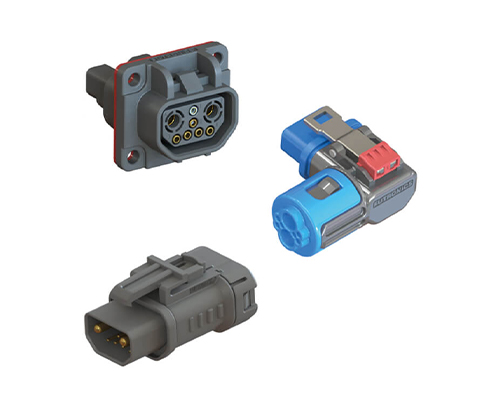
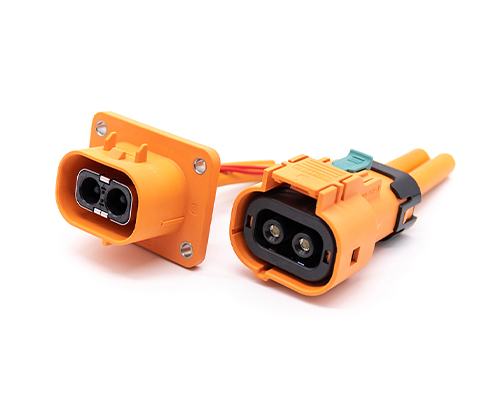
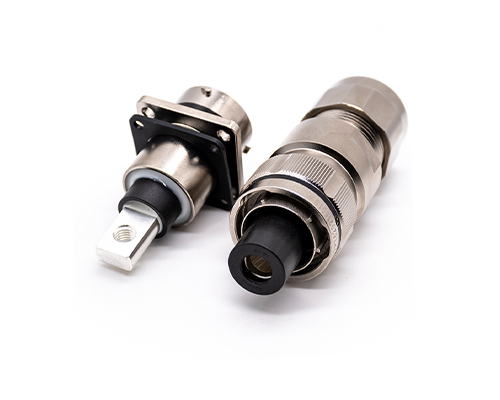
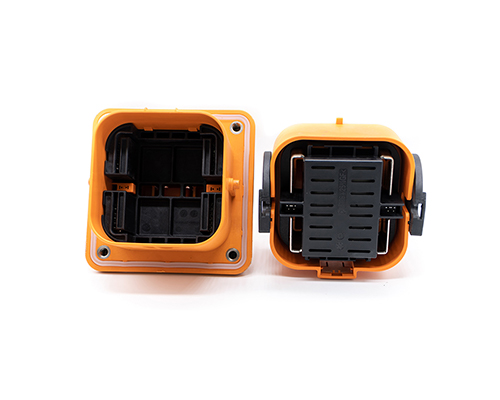

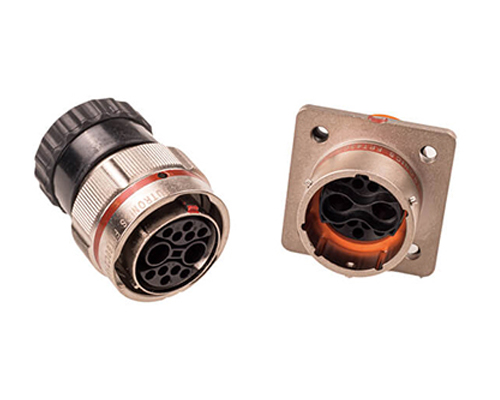
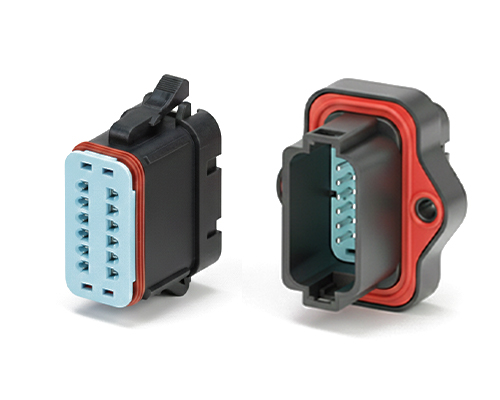
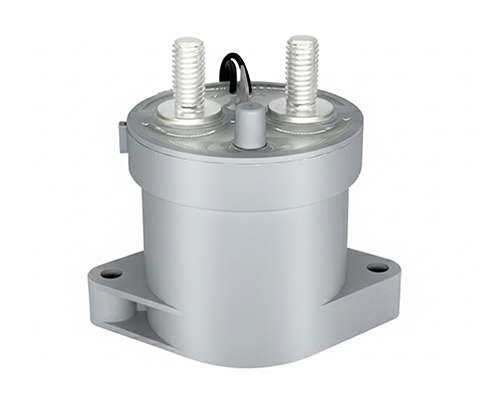
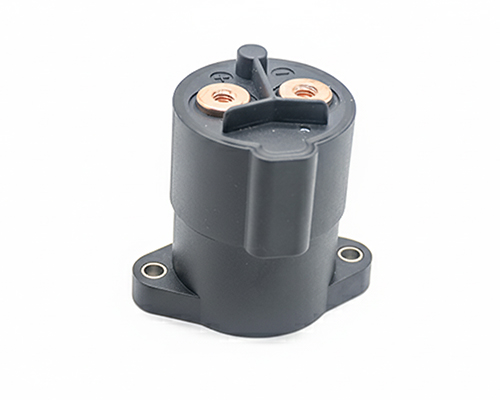


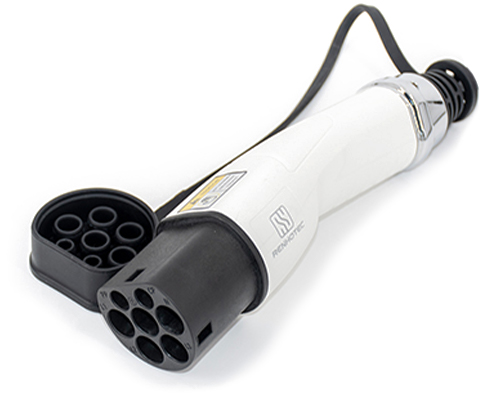
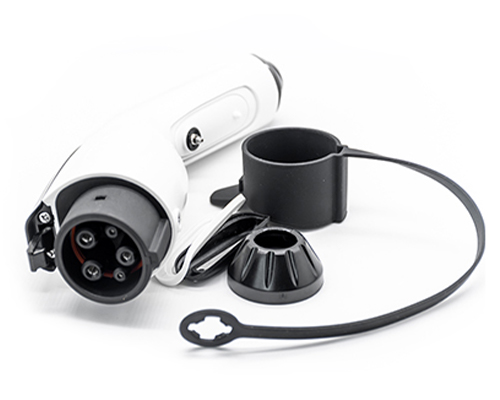
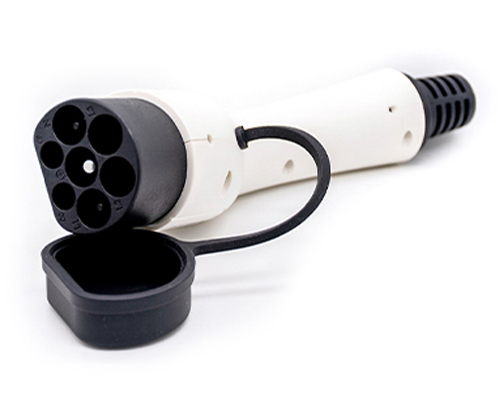
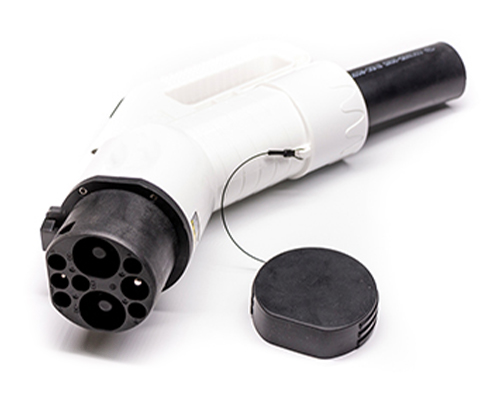
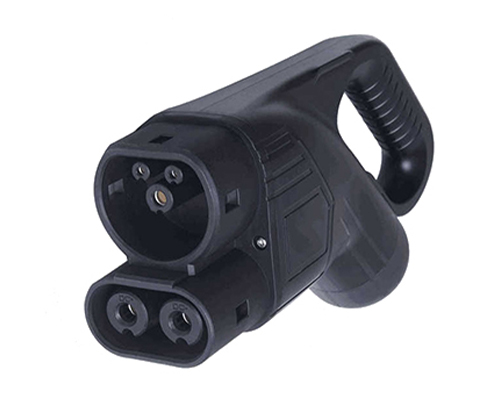
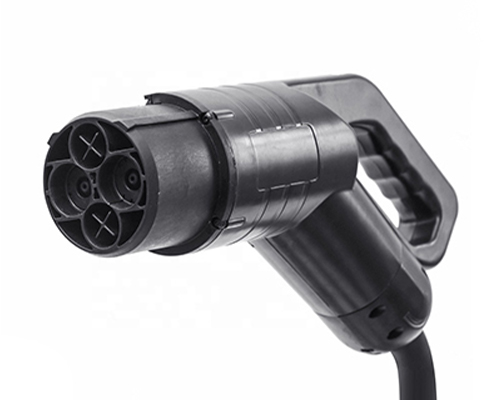
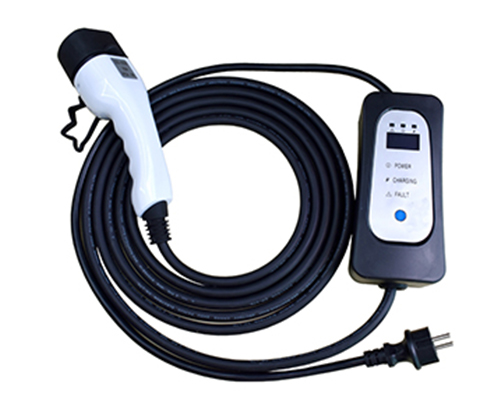
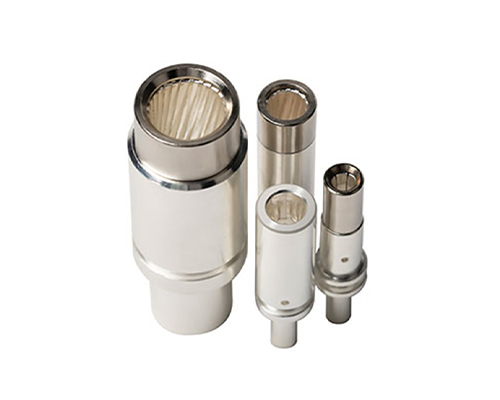


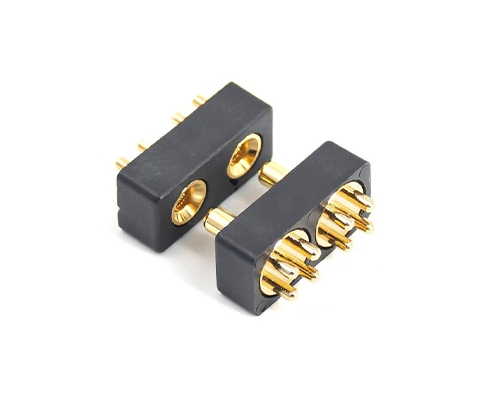
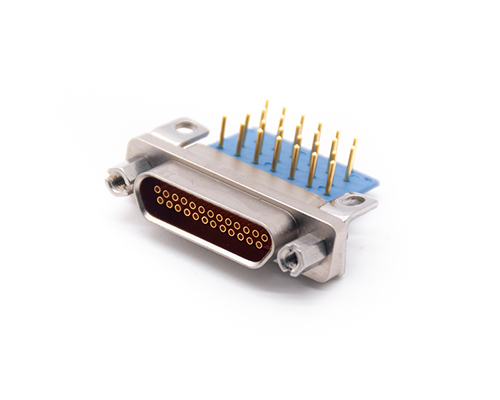
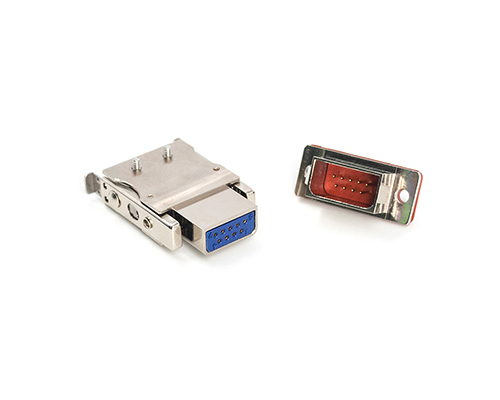
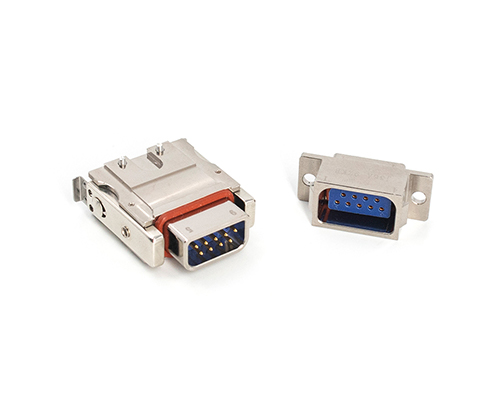

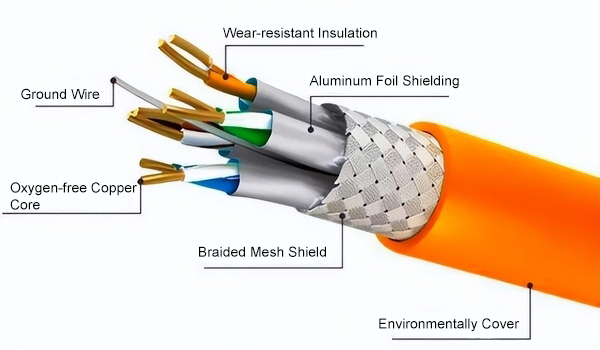
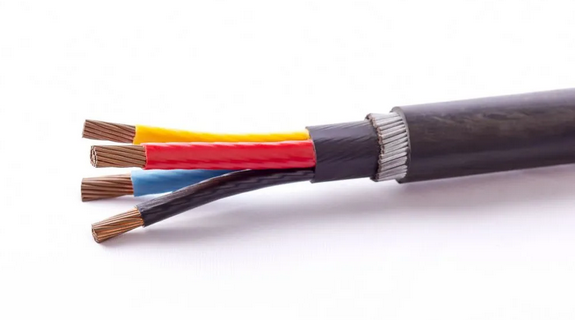
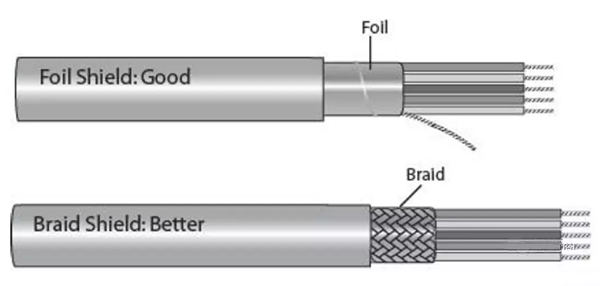
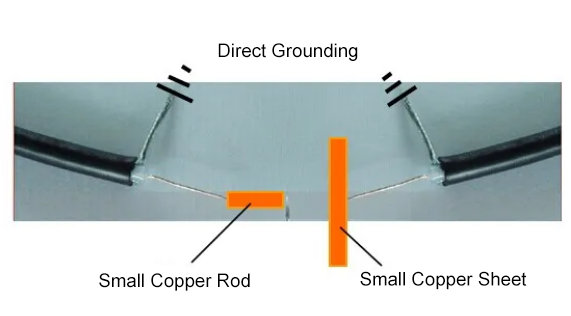
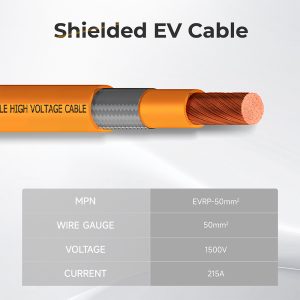
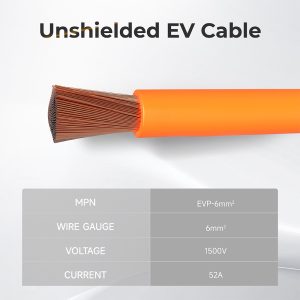
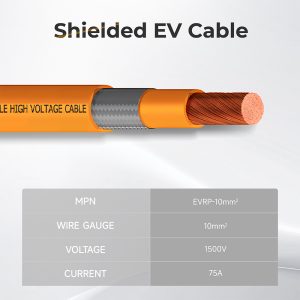
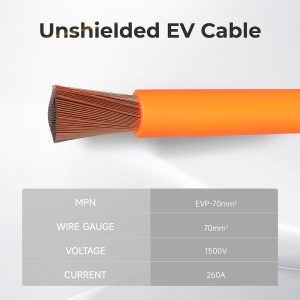

How EV DC/DC Converters Work and Are Maintained: Are there any potential dangers or risks associated with using aftermarket DC/DC converters in electric vehicles?
The use of aftermarket DC/DC converters in electric vehicles comes with several significant risks and considerations that need to be carefully evaluated:
First, let me explain that DC/DC converters in EVs perform the crucial function of stepping down the high-voltage battery power (typically 400-800V) to the 12V needed for vehicle electronics, lights, and auxiliary systems. This makes their reliable operation absolutely essential for vehicle safety and functionality.
When it comes to aftermarket converters, there are several potential dangers:
Manufacturing Quality and Certification
Aftermarket units may not meet the same rigorous testing and quality control standards as OEM parts
They might lack proper certification for automotive high-voltage applications
Manufacturing variations could affect safety features and protection circuits
Installation and Compatibility Risks
Improper installation could create dangerous high-voltage exposure points
Aftermarket units may not perfectly match your vehicle’s electrical architecture
Integration with vehicle diagnostic and protection systems might be compromised
Operational Risks
Potential for overheating if thermal management isn’t properly designed
Risk of electrical system damage from voltage spikes or inadequate protection
Possible interference with other vehicle systems due to electromagnetic compatibility issues
Maintenance Implications
Vehicle diagnostic systems may not properly recognize or monitor aftermarket units
Special tools or procedures might be required for safe servicing
Documentation and repair procedures may be limited or unavailable